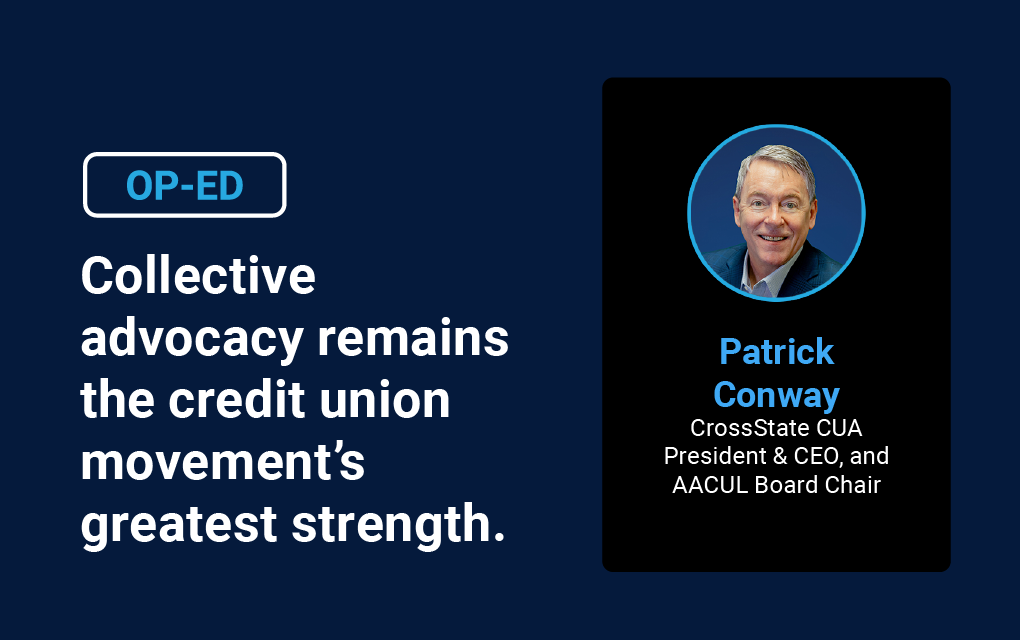Why do banks need scale?
“Get big or get out.”
It’s a phrase that echoes throughout the banking industry, often delivered by investment bankers and advisors as a dire warning. But what does it really mean for bankers? Many have grown skeptical, even cautious, about welcoming institutional investors and investment bankers into their boardrooms, knowing they might repeat the same mantra. Yet, beneath the repetition, this message touches on a critical question that continues to shape the future of community and regional banks alike.
Every FDIC-insured bank publicly reports its financial performance and condition quarterly. Bankers have grown accustomed to comparing their performance to peers, which is a reasonable practice. However, as one bank CEO put it, relying on peer groups can lead to complacency. And I agree – measuring yourself against the average motivates you to perform, well, slightly above average.
But there is no doubt that bankers running smaller, highly profitable community banks must feel disappointed when larger banks with weaker performance still command higher trading values.
Consider CSB Bancorp, a $1.2 billion-asset bank in Millersburg, Ohio that has a year-to-date (through June 30, 2024) return on average assets (ROAA) of 1.01%. Despite this strong performance, it trades at just 99% of tangible book value per share and 8.9 times earnings. In contrast, Valley National Bancorp, a $62 billion-asset bank in Morristown, New Jersey, that has a 0.50% ROA for the same period trades at 100% of tangible book and 12.6 times earnings. It is worth noting that Valley trades 5.8 million shares per day while CSB averages 600 shares per day.
As I reviewed second quarter ROAA and return on average equity (ROAE) data from S&P Capital IQ, it is clear that larger banks tend to outperform smaller ones. Commercial banks with more than $100 billion in total assets achieved a second quarter ROAA of 1.27% and ROAE of 13.32% compared to 1.13% and 12.00% for commercial banks with $500 million to $1 billion in total assets. However, averages can be misleading, and there are plenty of exceptions. Such as FS Bancorp in Mountlake Terrace, Washington with $2.9 billion in total assets performing at near the same level as the +$100 billion banks that are over 33x FS Bancorp’s size.
What appears to be consistent though, is larger banks tend to receive better valuations from investors. This reality was reinforced last week when two different bankers requested the charts below, highlighting this point.


Source: S&P Capital IQ. Price to Tang. Book Multiples by Bank Size, Price to Earnings by Bank Size.
I moderated a strategic planning session with a bank that achieved top-quartile financial performance with solid growth, but its asset size was less than $500 million. During our discussion, a director posed a question: Does our size matter so long as we continue to perform the way we have performed? My answer: Not really, with one exception:
Trading multiples.
As we migrate toward greater institutional ownership, stock liquidity is becoming increasingly important. Institutional owners (funds, etc.) now own greater than two-thirds of shares outstanding in publicly traded U.S. banks. And they need the liquidity that typically comes from larger banks with a greater amount of shares outstanding and daily trading volumes.
Why does this matter? If a financial institution earns its right to remain independent, it can rise above these market peculiarities. To earn its right to remain independent, a financial institution must meet or exceed investor expectations in total return to its shareholders, if shareholder owned.
If an institution is not shareholder owned, your other stakeholders should care about your financial performance, as superior financial performance can result in a positive outcome for other stakeholders: special dividends for depositors, larger bonus pools for employees, and greater contributions to its communities. For non-shareholder owned institutions, acting like you have shareholders to instill a performance culture is critically important to ensure you also earn your right to remain independent.
How would this work for the shareholder-owned bank? Well, if shareholders, as represented by the board of directors, expect a 10% annual total return, then delivering on that performance metric ensures the bank has earned its right to remain independent. If it can’t meet this performance expectation, perhaps the board should consider a combination with a financial institution that can.
But total return to shareholders brings us back to the trading multiples challenge. Possibly, but not really. If a shareholder buys into a small bank that trades at book value and 10x earnings instead of a much larger bank that might be trading at 130% of book and 12x earnings, the shareholder has benefited from buying at lower trading multiples.
Further, if the smaller bank grows earnings per share (EPS) at 7% compound annual growth rate and pays a 3% dividend, viola! Ten percent. Expanding trading multiples by growing into the next tier of financial institutions should not matter. The shareholder still receives their 10%.
The challenge, however, lies in the fact that a smaller financial institution cannot typically buy another smaller institution at a materially higher valuation than book value if that is where it trades, while the 130% of book and 12x earnings larger institution has the capacity to pay more. So a coveted financial institution receives a 110% of book offer from the smaller bank, and a 140% offer from the larger one. Who wins?
This phenomenon is driving more strategic mergers, where financial institutions are merging for valuations that are generally less than they would receive if they put an offer book out to multiple buyers and sold for the highest price. Instead they are accepting lower valuations to create a larger financial institution with a greater number of shares outstanding, ultimately increasing the likelihood that they achieve the higher valuations needed to be competitive as a future buyer.
These deals are complex and as such more challenging, as there are many social issues about post-merger operations that must be negotiated. I have experience here as my firm has recently served as an advisor for two of these strategic mergers. Management teams and boards understood the objective, knew what they were doing and were decisive with a clear goal of creating a larger financial institution to make greater investments in people, technology, and products to be more competitive in a highly competitive financial services market.
Moreover, they also sought greater scale, increased shares outstanding, shareholder diversity, higher trading volumes, and yes, higher trading multiples.
They merged to fight another day.
So when determining why you need to be larger when you earn your right to be independent at your current size, it’s all about trading multiples.
The Kafafian Group is a finance, strategy, and operations consulting firm that specializes in performance measurement, profitability outsourcing, strategic and business planning, regulatory assistance, profit and process improvement, and investment banking advisory services for the financial industry.
Disclaimer
The views, opinions, and perspectives expressed in articles and other content published on this website are those of the respective authors and do NOT necessarily reflect the views or official policies of Tyfone and affiliates. While we strive to provide a platform for open dialogue and a range of perspectives, we do NOT endorse or subscribe to any specific viewpoints presented by individual contributors. Readers are encouraged to consider these viewpoints as personal opinions and conduct their own research when forming conclusions. We welcome a rich exchange of ideas and invite op-ed contributions that foster thoughtful discussion.









